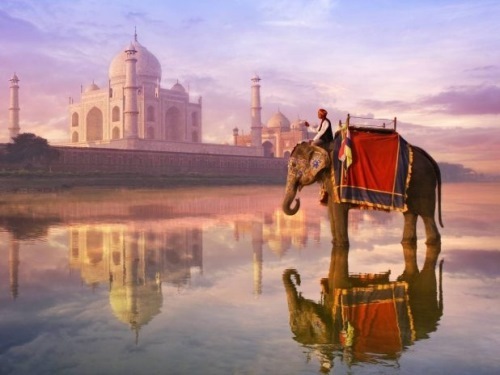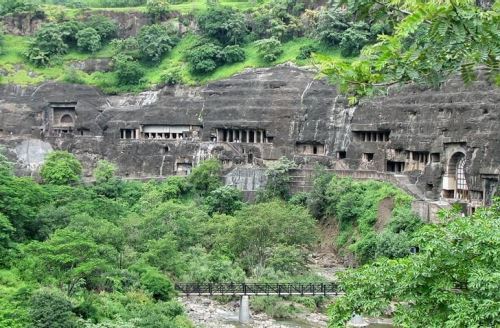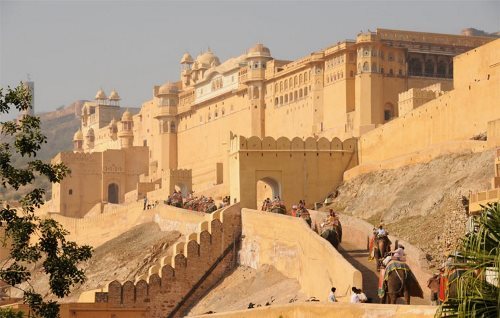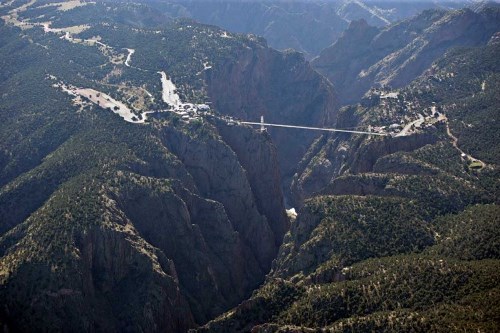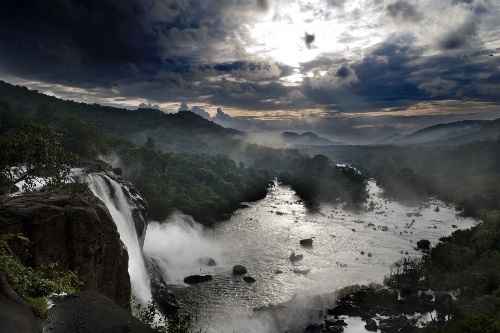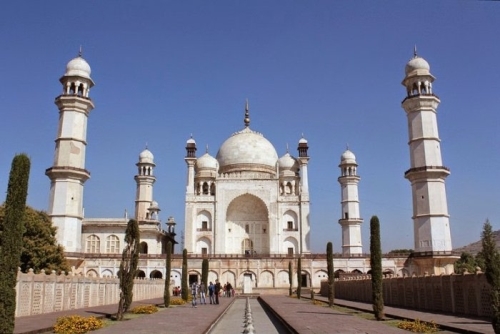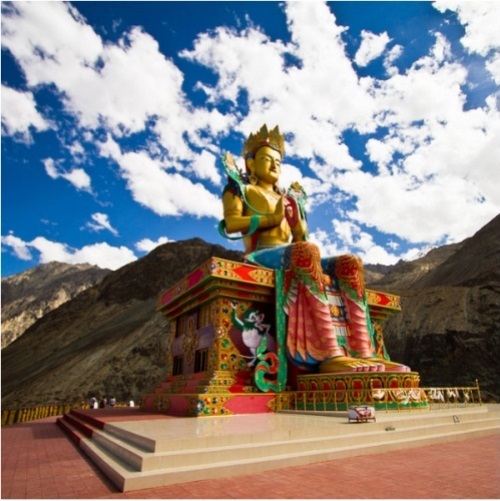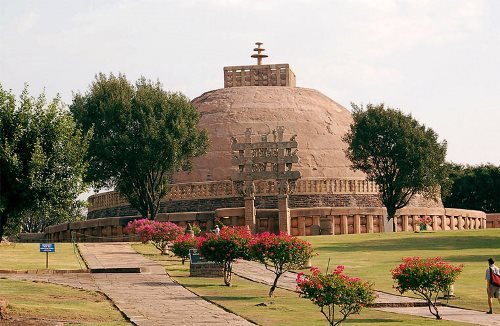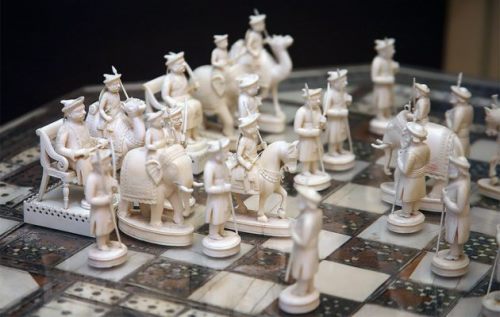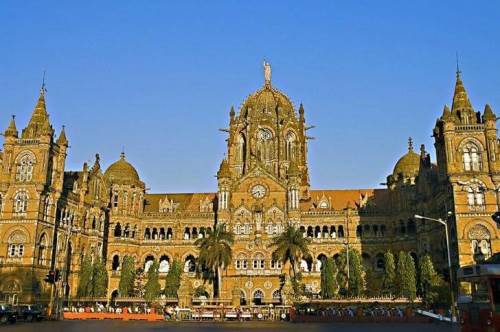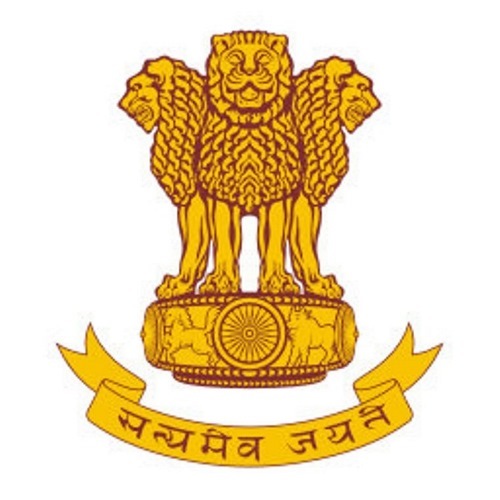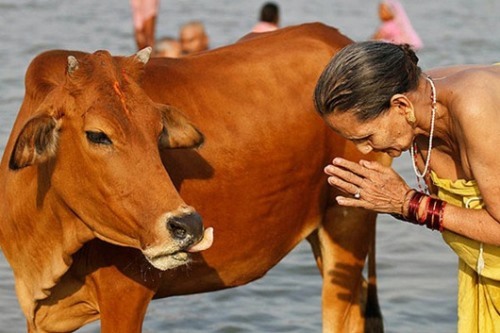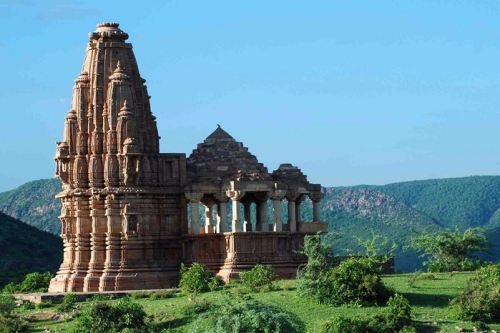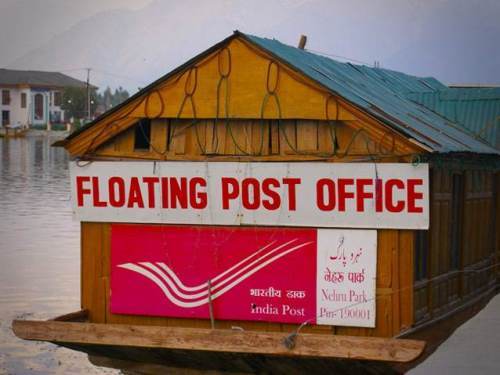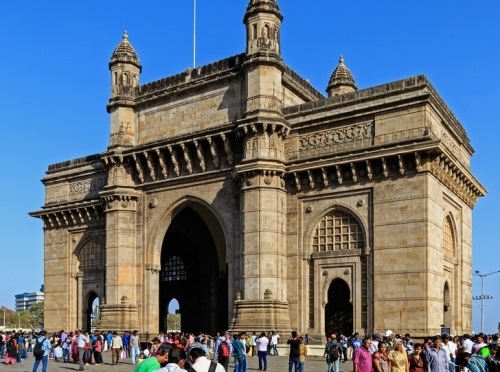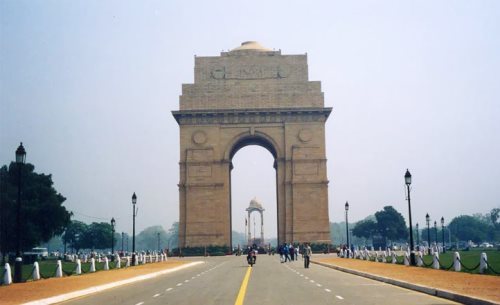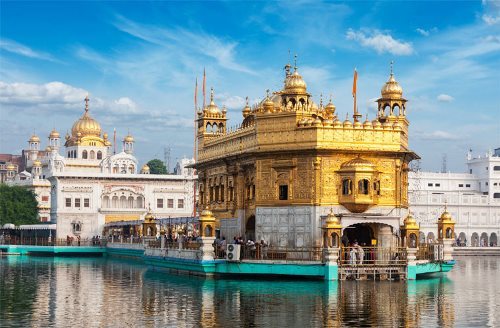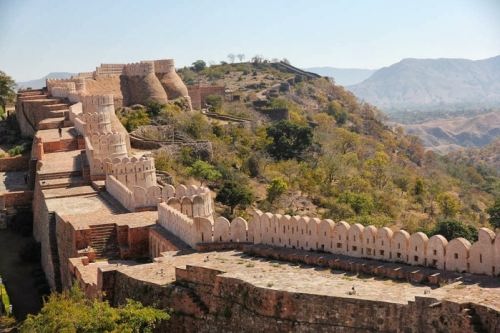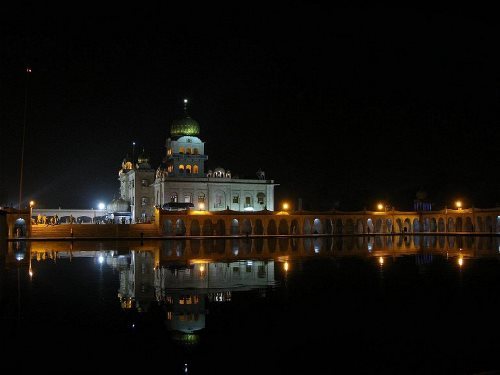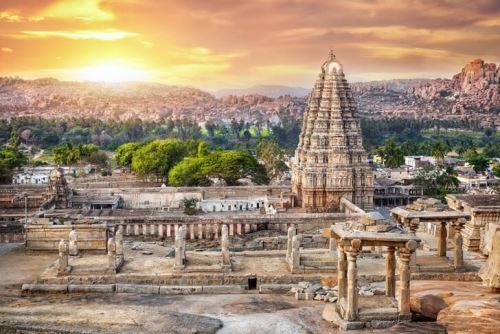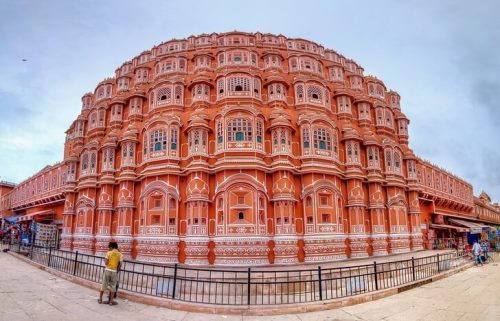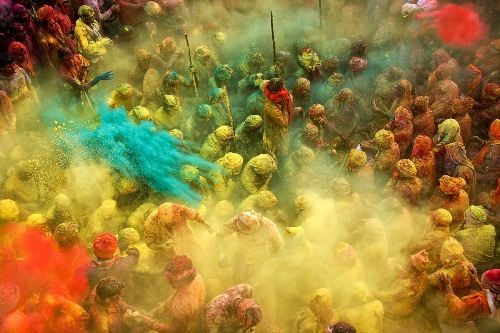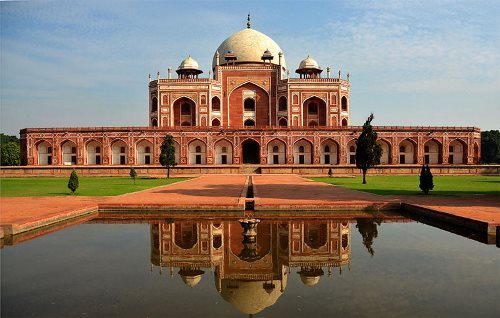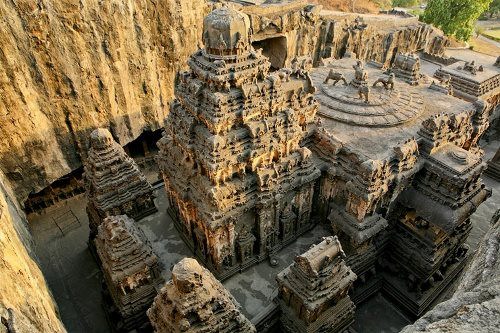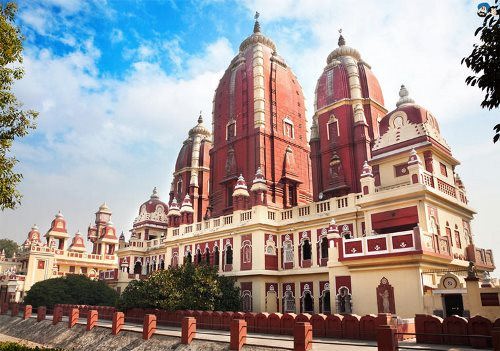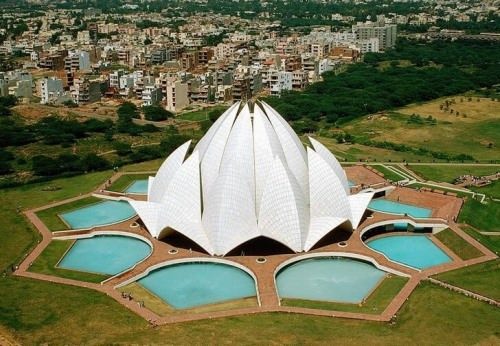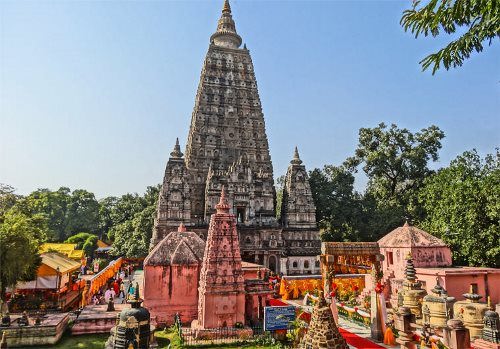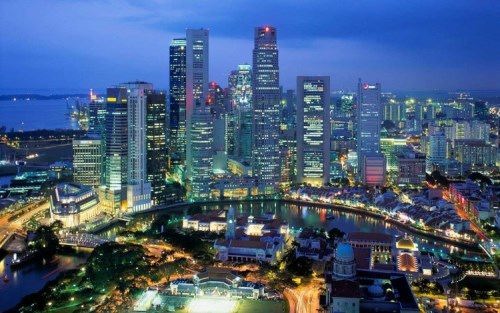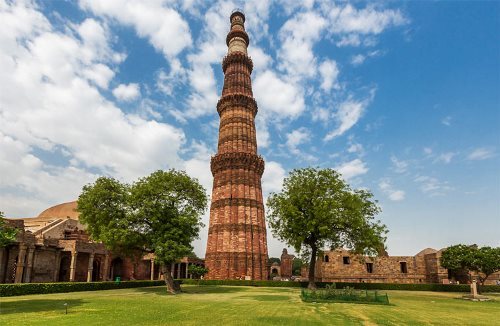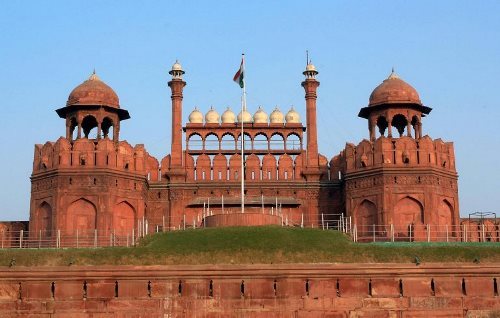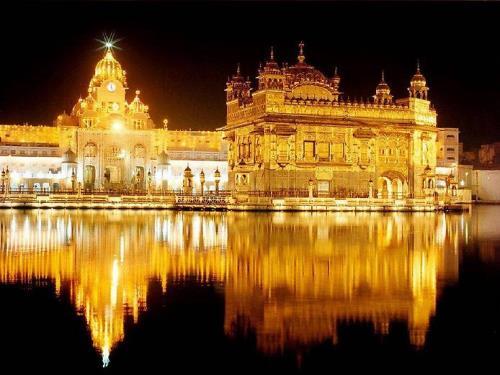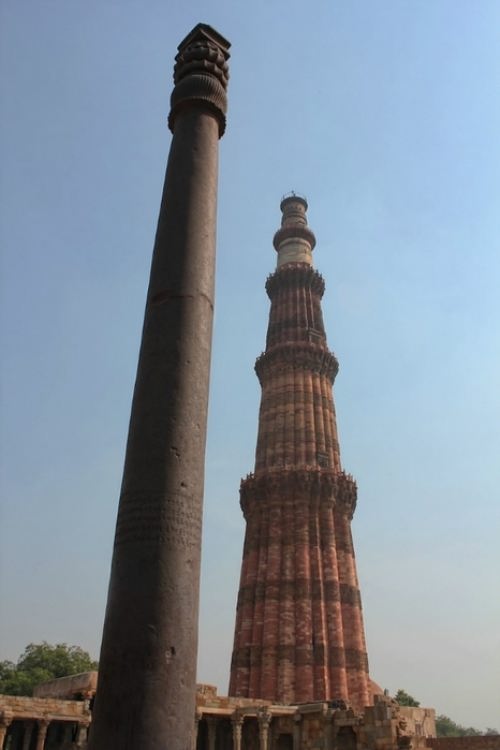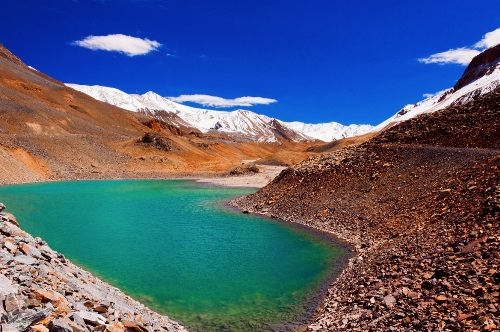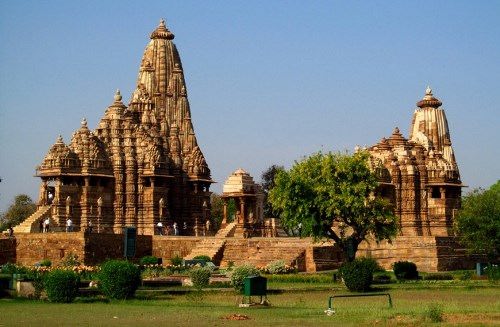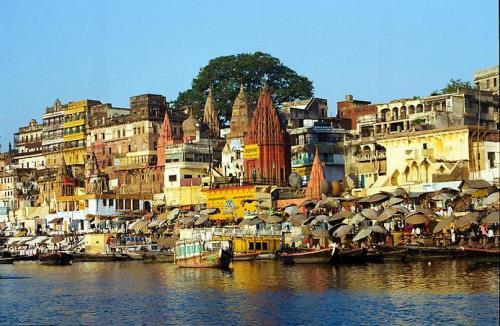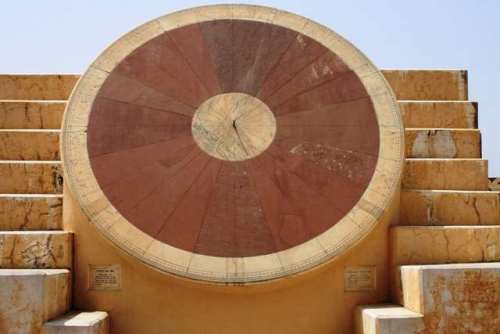India – Land of Temples and Shrines
More people live in India than in any other country in the world except China. The people speak dozens of languages, including Hindi, Bengali, Telugu, and Tamil. The country is the birthplace of two major religions: Hinduism and Buddhism. Its official name is Republic of India.
Its area is 3,287,590 square kilometers. Much of India’s territory is a peninsula that extends into the Indian Ocean. India shares borders with Pakistan, China, Nepal, Bhutan, Bangladesh, and Myanmar.
The high Himalayas rise in the north. The Indus River gave the country its name. The Ganges is sacred to followers of Hinduism. The Thar Desert is in the northwest.
India’s history goes back to ancient times. By about 2500 BC the Indus Valley civilization had extended from what is now Pakistan into northwestern India. Between 1500 and 1200 BC tribes of people known as Aryans invaded northwestern India and spread eastward. The Mauryan Empire, which lasted from about 321 to 185 BC, united most of what is now India. The Hindu Gupta Dynasty ruled from about AD 320 to 540. Muslims began invading India in the 700s. In 1206 they set up a sultanate centered in Delhi. In 1498 the Portuguese navigator Vasco da Gama sailed to India. By 1849 Great Britain’s East India Company ruled almost all of India. In 1920 Mahatma Gandhi, a leader of the Congress party, began urging Indians to resist British rule. India finally got its independence from Britain in 1947. Fighting soon broke out between India and Pakistan. After a war in 1971, East Pakistan became the new country of Bangladesh. In 2004 Manmohan Singh became the first Sikh to serve as India’s prime minister.
The country’s capital is New Delhi.
Some of the most famous stupas, domeshaped shrines, are at Sanchi and Sarnath. There are some beautiful chaityas (Buddhist temple, or place where people pray together) among a group of caves carved out of cliffs at Ajanta. The Ajanta caves are also known for their paintings.
The Kailash Temple at Ellora is carved out of solid rock.
The Taj Mahal, one of the most beautiful sites in the world, is the mausoleum complex Emperor Shah Jahan built for his queen in the 1600s.
Interesting facts
– The peacock is the national bird. The best-known reptile is the cobra.
– Kanchenjunga is the highest point (8,598 m).
– Brahmaputra is the longest river (2,900 km).
– Chilka Lake is the largest lake (1,100 sq km).
– Natural hazards are earthquakes, cyclones, floods, droughts, landslides, thunderstorms, hailstorms, dust storms.
– The cow is a sacred animal in India.
– Algebra and geometry originate in India.
– The very first university in the world was founded here in 700 BC.
– There is the largest number of mosques in the world – about 300 thousand.
– Yoga originated in India about 5000 years ago.
– The color of mourning in India is not black, but, on the contrary, white.
– Bollywood is the largest film studio in the world, which produces more than 400 films a year.
– Until 1896, India was the world’s only diamond miner.
